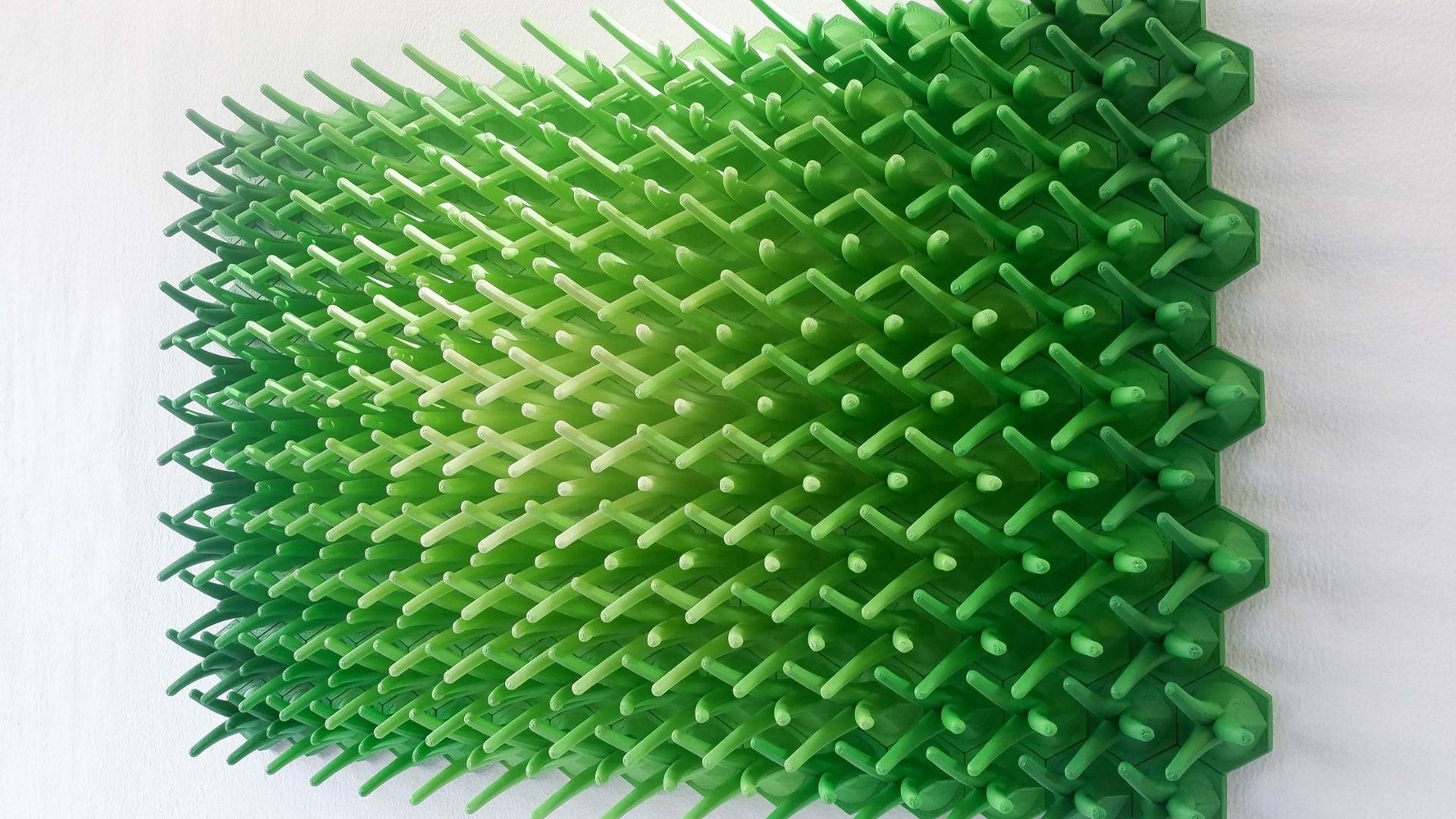They are a living, concrete representation of a match that embodies complementary contrasts
The objects presented in The Matchmaker exhibition are the physical expression of the encounter between two creative fields.
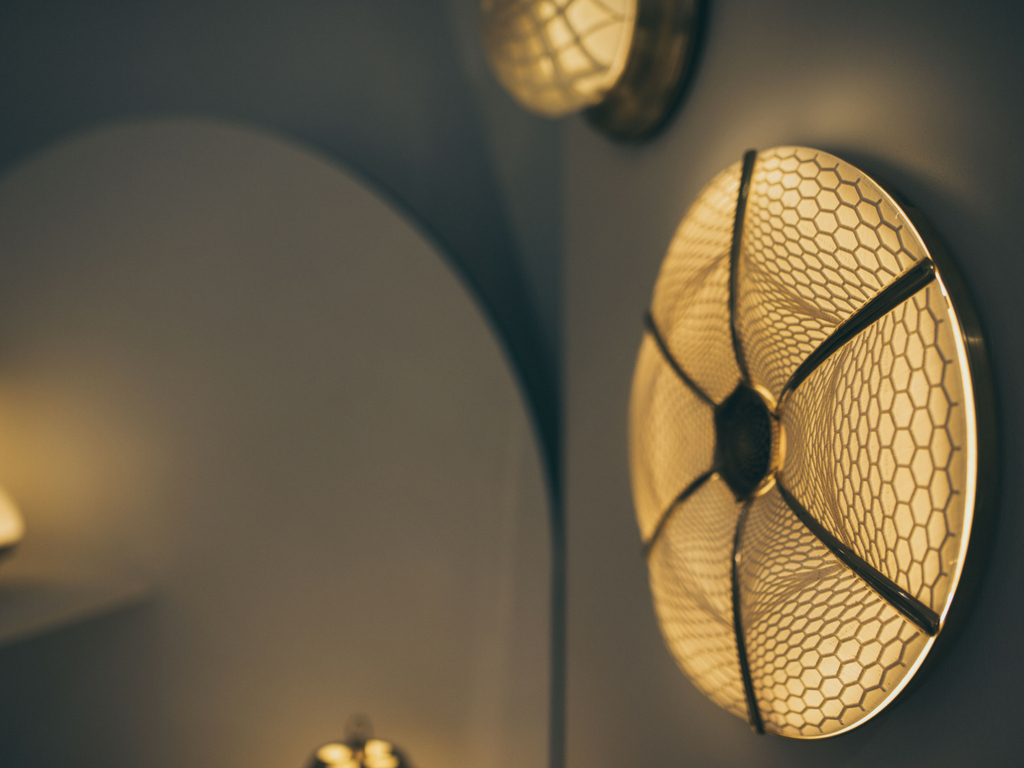
The story and the idea behind The Matchmaker suggestively reflects the evolution of the city of Jerusalem, of its pilgrims and inhabitants. Holy to the main three monotheistic religions, the city has always been home to small carpenters, metalworkers, shoemakers and more in general artisans at the service of the city’s visitors.
But even if visiting the Holy Sepulchre or the Dome of the Rock time seems not to have passed in the Holy City, nowadays technology and automation have been pushing aside these old skills, favoring digital forms of design.
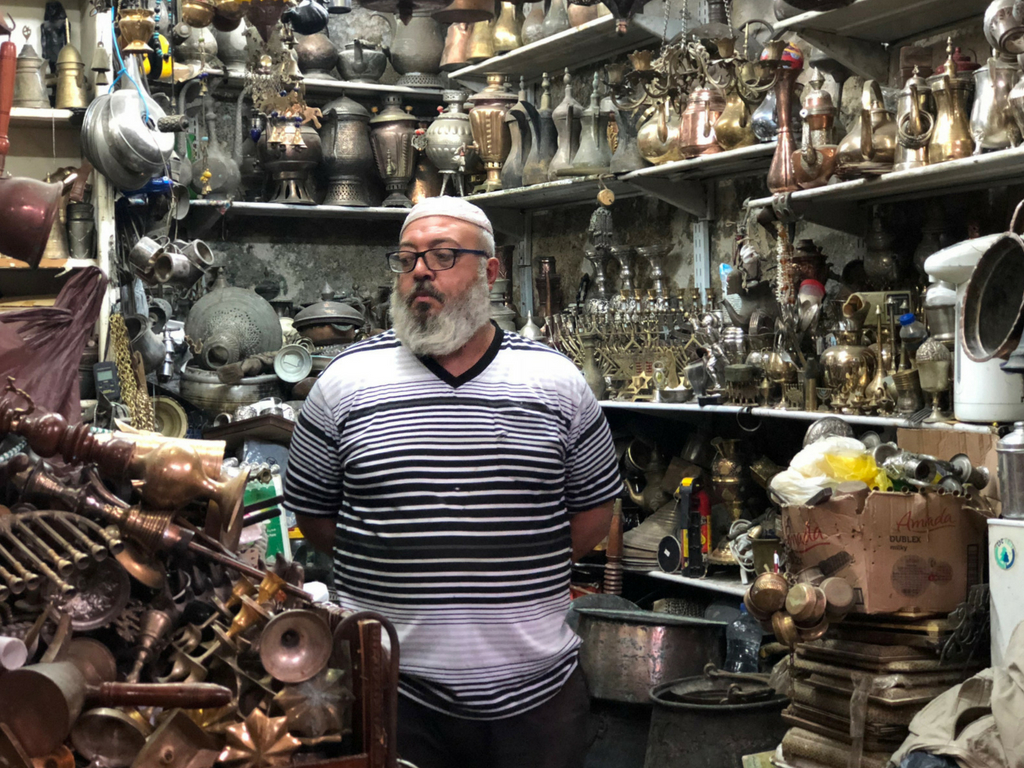
The heart of the project of The Matchmaker is to give the possiblity to designers and craftpeople to meet, joining old and new, expertise and boldness.
To create an inter-generational link and give life not only to an interesting final product but also to extraordinary connections between different cultures, ages and disciplines.
The exhibition, curated by Daniel Nahmias, was displayed during the last edition of Jerusalem Design Week, since 2011 the largest and most influential public design event in Israel, as the culmination of the annual activities of the Hansen House.
The location has reopened to the public after over a century of isolation and it is now the home of artists, creators and academics in the field of design, media and technology, providing a platform to be exposed to a professional, curious audience.
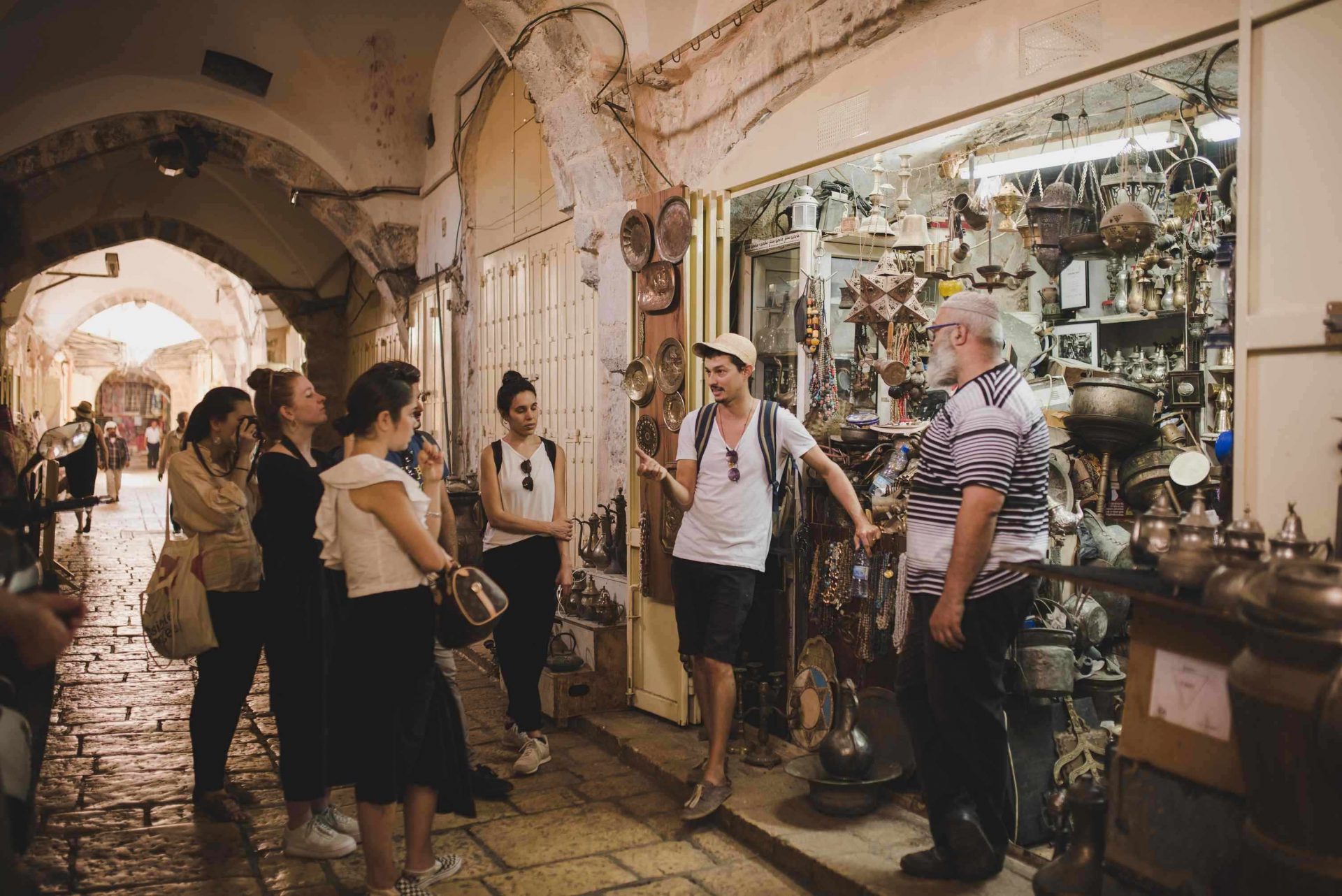
The exhibition displayed this year at Design Week was accompanied by a collection of filmed diaries telling the story of how the nine participants came together
Avigail Roubini, an independent designer from Jerusalem, worked on her Matchmaker project with Shoshana Stein, a master bookbinder for over 30 years, to create a book containing interactive and tactile areas, a contemporary design action performed around classical materials in an age of material surplus and screens, with printed and embedded electrical cogs.
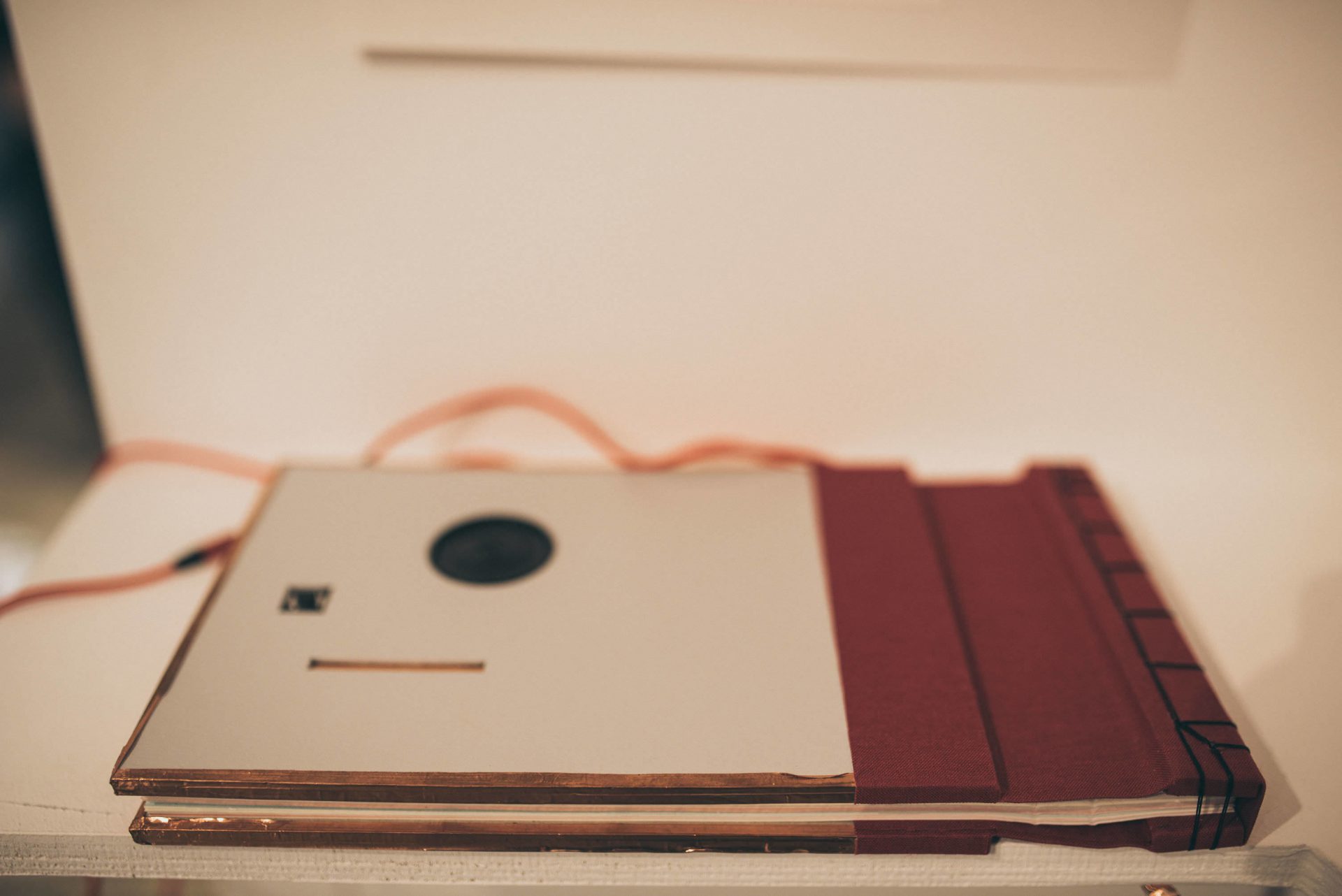
The convinction that humanity is not ready to dispense with books moved also the second project.
Presented by Amir Zobel, designer & multi-disciplinary creator, that for the occasion collaborated with one of the last engraver in the city, Eitan Goren, aged 81, with 60 years of experience in his trade, to create a series of reading lamps made of hand-engraved aluminum parts with boxwood stands cut by automated CNC.
In the last two decades, computer screens and mobile devices are taking the place of books and traditional reading, and together with them, the need for reading lamps. At the same time, their iconic form and the long tradition of using them seem to be preventing their disappearance for the time being.
Amir Zobel felt that it was the right time to create a kind of atrophied table lamp, more a sculpture than a practical item.

Bar Horowitz, industrial designer, had the amazing opportunity to become familiar with the Broom Workshop of the Arab Association for the Blind.
This workshop in the Old City employs Arab people with visual impairments to make brooms and brushes: Aziz, the carpenter, Taher, in charge of the production line, and craftspeople Samir, Achmad, Abu Samir, and Abu Ballal.
Fawah is a scented object for the home: it is one piece of a range of research products that were born from this collaboration and carry within them the spirit of the workshop, an experience designed for both people who can see and people who cannot see.

Galia Sasson, multi-disciplinary Designer, in this project is collaborating with Muhammad Abdeljani abd Aljevad, a coppersmith and engraver who runs a copperware shop in the Flea Market of the Old City of Jerusalem.
The objects presented at the exhibition, tables and lights made of iron and copper, combine manual and laser cutting, using Hebrew letters and the spaces between letters to shape the materials and become decorative motifs and Arab arabesques.

Dana Sabag is a graduate of the Jewelry & Fashion Department of Bezalel Academy of Art & Design. Behefetz Kapeha is devoted to the study and preservation of traditional crafts such as basket making, weaving, medicinal herbs, spinning, felting and embroidery.
Togheter, they came to revive the use of the basket as a useful object by combining modern techniques, specifically technologies for rapid, labor-saving production, with the repetitive, manual work of basket weaving.
The woven elements are made of a natural material, with an emphasis on local sourcing: palm fronds are contrasted with both printed textiles and clasps created by 3D printing.
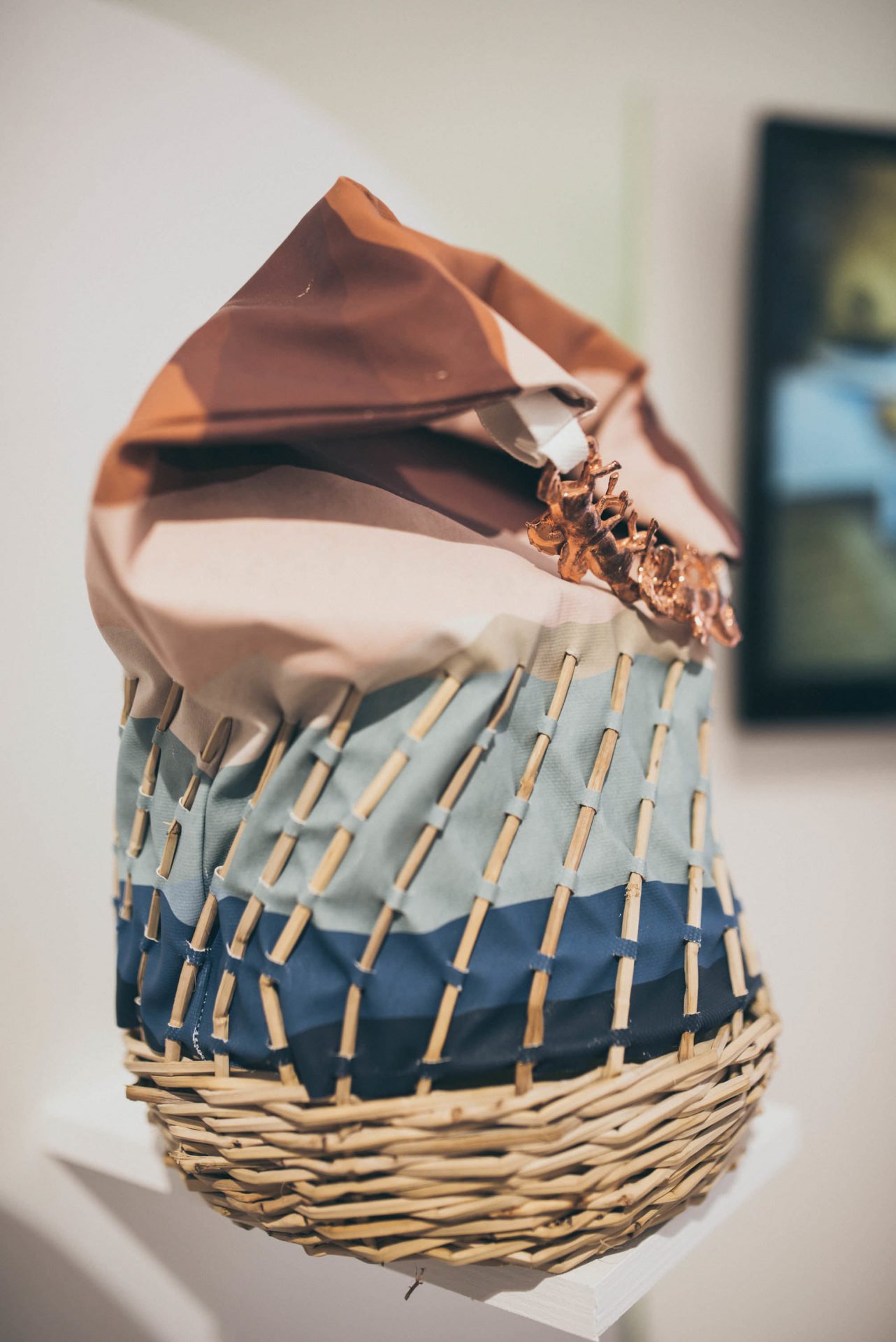
Michal Levitzky, an independent designer and creator working with all kinds of three-dimensional printing aged 32, joined forces with Iliya Feldman, a jeweler aged 62 with an independent goldsmith studio in the Hutzot Hayozer area, making jewelry.
Together they looked for a way to created jewelry that sheds light on an intimate environment The metal creates the structure, while the plastic printing scatters and softens the light. These light fittings incorporate copper and 3D printing in plastic, which is integrated into the metal elements in various ways.

Ran Blau is an architect and urban planner. Dedi Osadon is an artistic metalworker aged 57. They are complementary opposites, and that is what made their connection a success.
The idea at the basis of this project is to investigate a geometrical shape, the hexagon, broken down and re-assembled in a different way, and thus becoming something different, from a two-dimensional shape to a three-dimensional object. The objects are created from laser-cut metal, combined with colored glass from traditional stained-glass art and with LED lights.
Shady Francis Majlaton, graduate of the Jewelry & Fashion Department of Bezalel, works in performance art. He collaborated with Eyal Hofmekler, who builds violins in a traditional, precise way using an interesting range of materials, to find a way of mingling the world of music and the world of fashion.
Music is a set of sounds that moves us, but ultimately also determines how we look and dress. They developed a collection of bags with a classical-gothic yet innovative feel, borrowing forms from the 16th century, a world of high social standing, to create a fashion accessory of ordinary use made with recycled string instruments and traditional leather work.
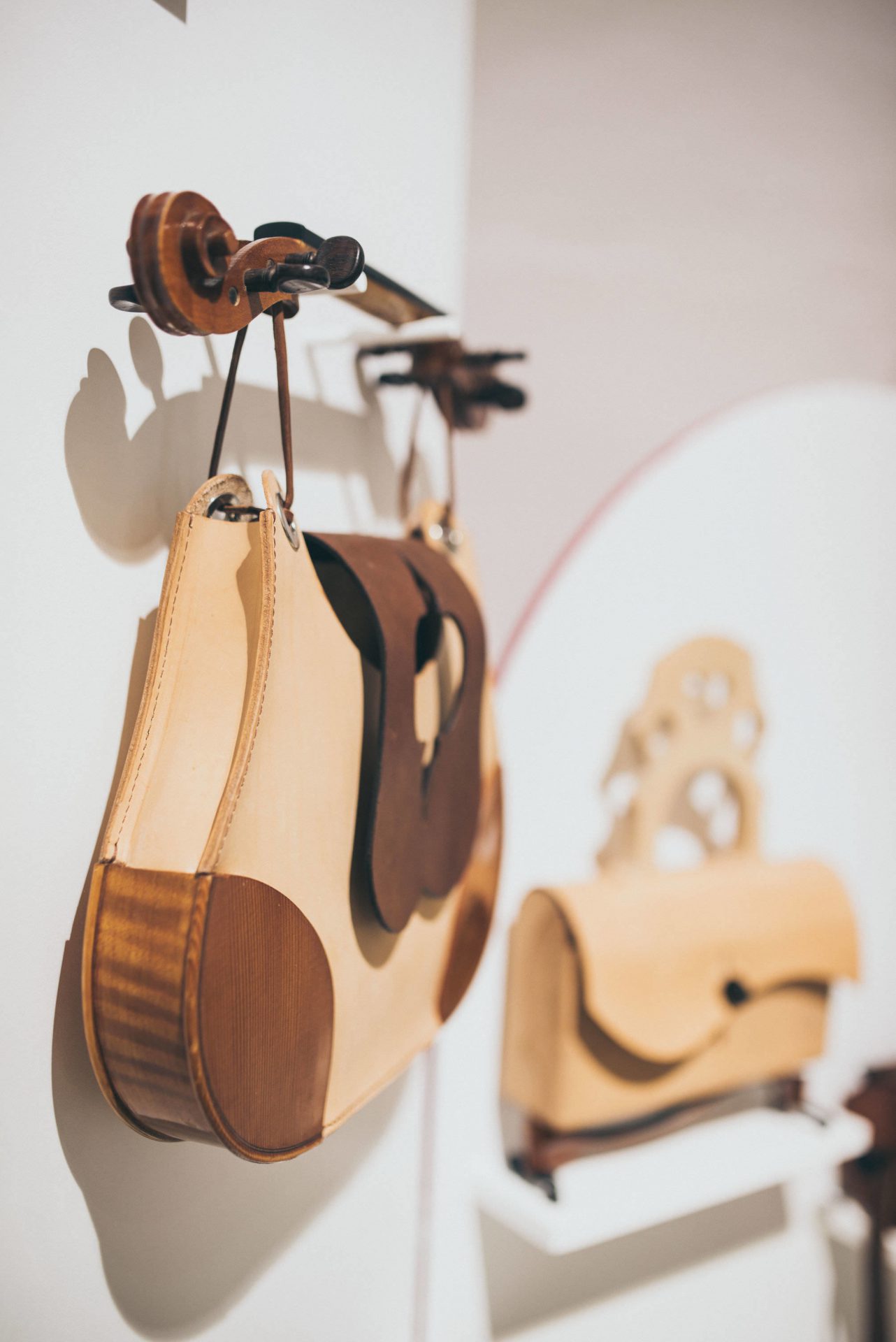
Sharon Sides, Industrial Designer, headed to Neshin and the Balian family, who makes authentic Armenian ceramics, and found what their works have in common: the inspiration from nature. Referring to Marie Balian’s mural ‘Secrets of Paradise’, displayed in the city center, where a magical, idyllic panorama is featured, they chose to engage in the characteristics of the palm tree.
Silicone was poured onto a laser-cut palm tree template to create a flexible shape that could be used multiple times. Finally, plaster was poured onto the flexible shape to create a permanent pattern.

The objects presented in The Matchmaker exhibition are the physical expression of the encounter between two creative fields. They are a living, concrete representation of a match that embodies complementary contrasts. Traditional and modern, natural and artificial, create a shared language that reveals the tensions around the contemporary design world.















